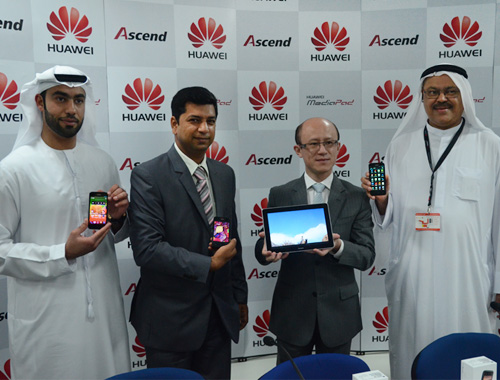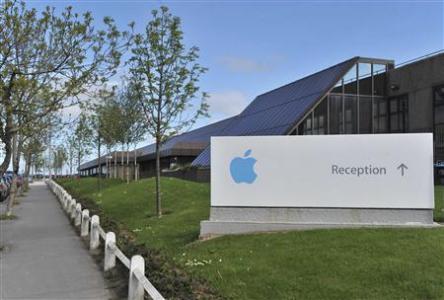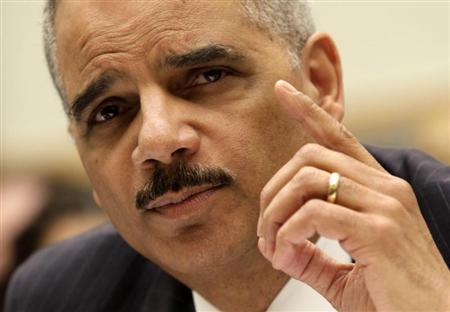 China’s Huawei Technologies Co’s Middle East revenue rose 18 percent to $2.08 billion in 2012 and the roll-out of 4G mobile networks and IT outsourcing will be among its main regional growth drivers, the firm said.
China’s Huawei Technologies Co’s Middle East revenue rose 18 percent to $2.08 billion in 2012 and the roll-out of 4G mobile networks and IT outsourcing will be among its main regional growth drivers, the firm said.
The world’s second-largest telecom equipment maker also expects Middle East telecom operators to prioritize improving network efficiency, Shi Yaohong, president of Huawei Middle East, told Reuters in an email.
“Operators’ shift toward software-defined networks, IT outsourcing and adoption of 4G … are all going to play a key role in Huawei’s future business,” said Shi.
The disclosure of the Middle East revenue figures – Huawei declined to reveal its net profit or capital expenditure for the region – may be part of a broader effort to be more open, coming after the company’s Chief Financial Officer Cathy Meng hosted her first news conference earlier this year to announce the company’s 2012 results.
Many Middle East telecom firms, particularly in the wealthy Gulf, have unveiled 4G or long-term evolution (LTE) networks that potentially offer mobile internet speeds more than double that of 3G, but a shortage of devices has caused a slower-than-expected consumer take-up of this technology, said Shi.
Shenzhen-based Huawei is also the world’s No.5 smartphone maker, competing with the likes of Apple Inc and Samsung Electronics Co Ltd.
“By expanding our local portfolio to include more smartphones, tablets and wifi routers that are compatible with technologies like 4G LTE, we hope to open up the market significantly over the next 12 months,” said Shi.
“In the device realm, we recognize Huawei was hardly known to most local consumers just two years ago. Building our consumer brand will still take time.”
The Middle East accounted for 5.9 percent of Huawei’s $35.35 billion global revenue last year, up from 5.5 percent in 2011, according to Reuters calculations.
Huawei defines the Middle East as incorporating the six Gulf Co-operation Council (GCC) countries – Saudi Arabia, Kuwait, Qatar, Bahrain, Oman and the United Arab Emirates – plus Iraq, Pakistan, Afghanistan and Iran.
Huawei declined to provide a segmental revenue breakdown for the Middle East, but globally its carrier business accounted for 73 percent of revenue last year, while its enterprise and consumer units contributed 5.2 and 21.8 percent respectively, according to Reuters calculations.
“Our enterprise and consumer offerings are still relatively new in this region,” added Shi.
Source : Reuters





































